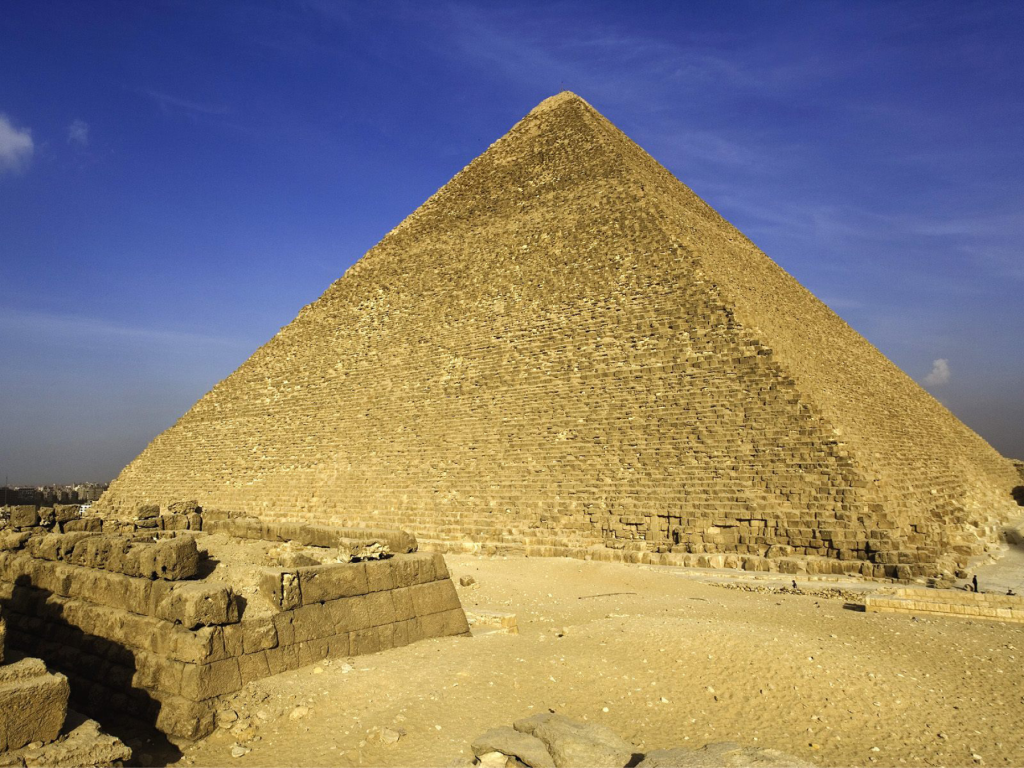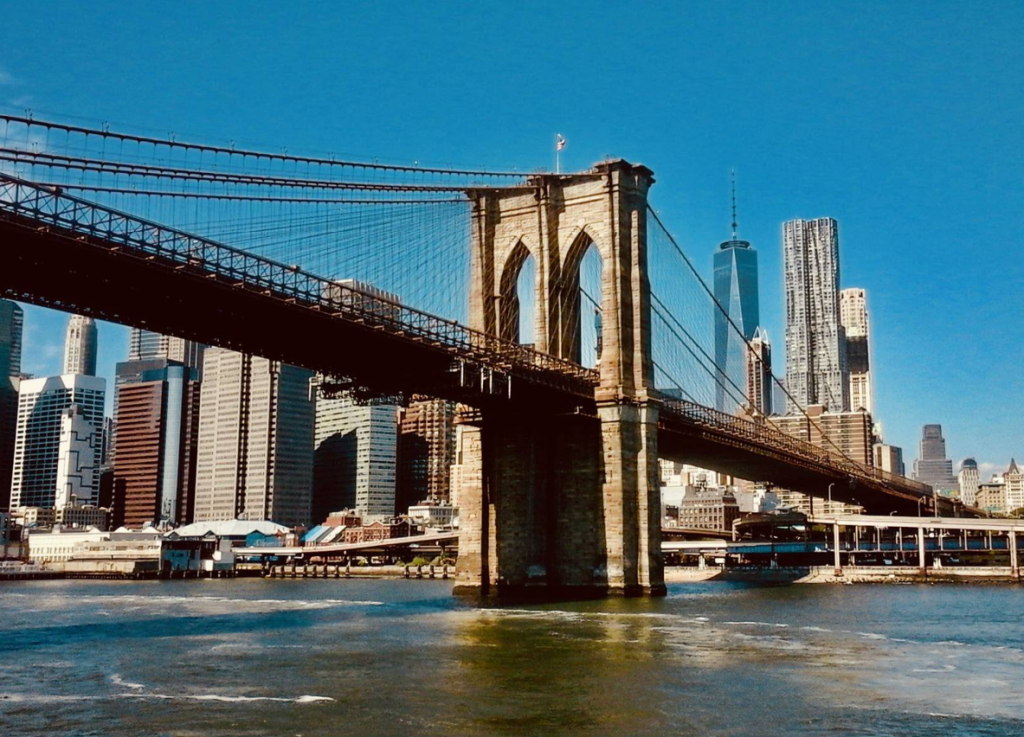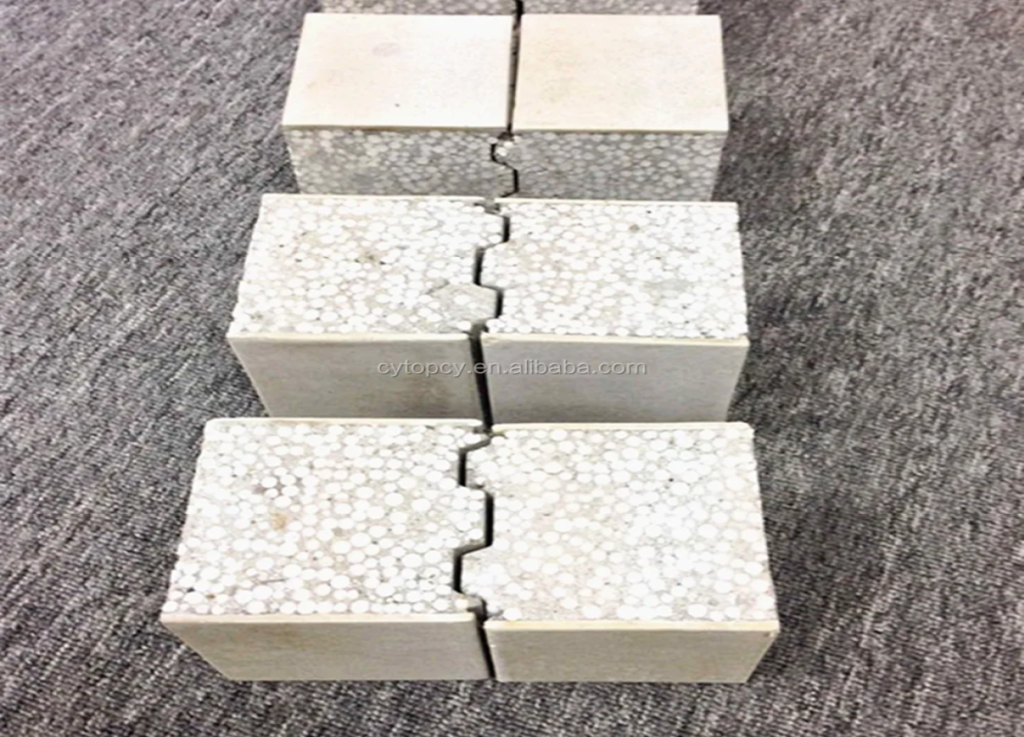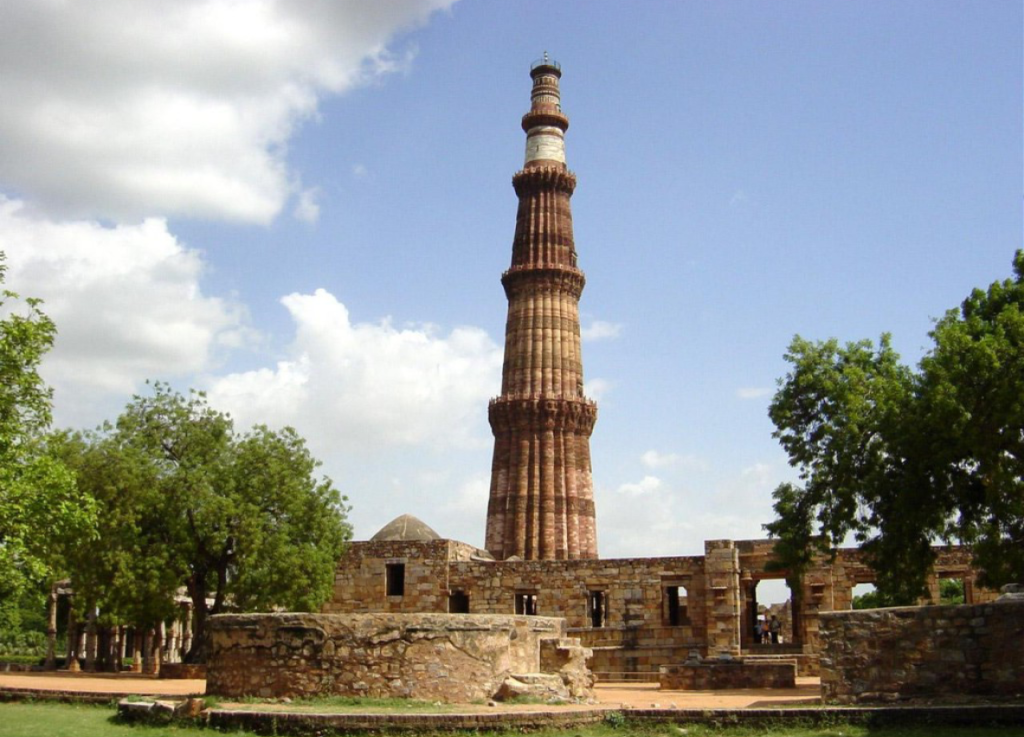- Home
- / About Us
Congue taciti consectetur duis dignissim hac placerat diam lacinia. Risus nibh auctor interdum morbi id aliquam hendrerit consectetuer.
3000 year old Forgotten CBC (Chemically Bonded Ceramic) Technology





Forgotten CBC (Chemically Bonded Ceramic) Technology with which Egyptian Pyramids, Great Wall of China, Qutub Minor monument made thousands of years back is rediscovered by French Chemist Stanislas Sorel in 1867 called after him Sorel Cement made with Magnesium Oxide abundantly available in the nature and Magnesium Chloride (formed with sea water) also known as Magnesium Oxy Chloride which is a non hydraulic cement.5MgO.MgC12.13H2O.
After many technical advancements 3 phase and 5 phase chemical reaction invented by Robinson and Waggaman in 1909 and Lukens in 1932 respectively. Though lot of experiments done to produce MgO Cement due to quick hydration process and economy prevented MgO to replace MOC.
But the failure of MOC panels during 2012 -2014 is high relative humidity country Denmark, the real serious attempt taken by until MOC making companies ( Approx. 500) to search for alternative MgO boards of Chloride free which is unsuitable for high RH>70 % and also free chloride parts in the boards can be severe corrosions, due to moisture absorption to make wet, and about 15 companies succeeded to make quality MgO boards.
BBMPH through developed both MOC & MgO boards, pursued only chloride, asbestos and formaldehyde free MgO boards and producing quality MgO board to join the elite MgO board manufacturers in the world.
Chairman’s Message

M.S. Chandra Bose
Founder Chairman, BBMPH
Passive Fire Protection for High rise Buildings
“Fire accidents are a global challenge. The National Crime Records Bureau (NCRB) reported an increase in cases of fire accidents in India over the past years. The NCRB data recorded 113,961 deaths (62 per day due, on average) due to fire disasters between 2010 to 2014. India’s 2017 risk survey reported that fire accidents caused 17,700 deaths; 42.1% of them happened in residential buildings in 2015. The National Fire Protection Association said that, during 2018, there were 1,318,500 fire incidents, 3655 deaths, and a $25.6 billion loss in the US, out of which 74% of the deaths were during house fires.
The fire resistance of building elements is addressed during the design stage to curb fire incidents. The regulatory bodies of different countries have established guidelines for fire tests on construction elements. The tests addressed by these guidelines include external fire exposure, ignitibility, fire propagation, non-combustibility, surface spread of blaze, and fire resistance.
This article focuses on the fire-resistance tests, which are used to assess the construction element’s ability to withstand mechanical load for specified fire duration and to act as a fire separation. It assists in choosing appropriate fire-resistive elements based on the intended application. Although it is impossible to predict the actual fire situation, the fire-resistance test defines the minimum fire resistance that should be maintained to safeguard structures during a fire incident”.

